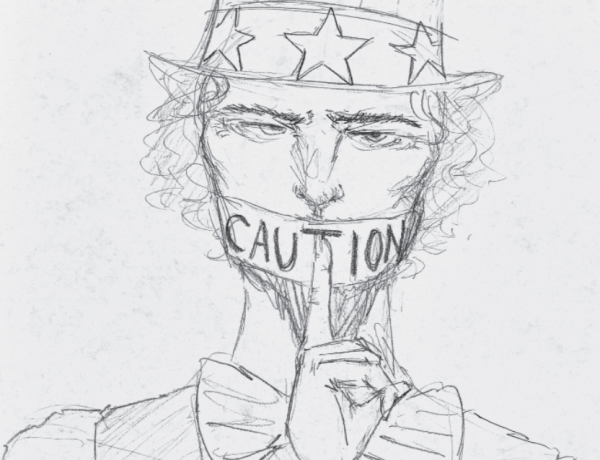“Danger of Dahmer,” why true crime is problematic
Netflix’s original series “Dahmer” debuted at number one on the streaming services’ “Most Viewed” list. With the true crime genre’s exponential increase in popularity, we should all consider how ethical this media consumption really is.
Following its release, “Dahmer” received positive audience reviews, with 93 percent of Google reviewers saying they liked the show and an eight out of 10 score on IMDB. However, significant criticism of the show was brought to light, most notably from the actual families of Dahmer’s victims.
“I’m not telling anyone what to watch, I know true crime media is huge right now, but if you’re actually curious about the victims, my family (the Isbell’s) are pissed about this show,” Eric Perry, cousins with Errol Lindsey, Jeffrey’s eleventh victim, said. “It’s retraumatizing over and over again, and for what? How many movies/shows/documentaries do we need?”
This is not the first time victims’ family members have spoken out on media covering the cases, in fact, the trend of families being against any coverage of a true crime case close to them is not new.
Rosalee Clark, a woman whose immediate family was murdered, publicly spoke out on a book covering the atrocity — a book she didn’t even know was written until she spotted it at her local bookstore.
Look at Robert Mast, a murder victim whose killer was featured on an episode of the second season of the Netflix docuseries “I am a Killer.” The show has come under fire over the objectively sympathetic lens the killers are usually painted in, made obvious with episode titles such as “Honorable Intentions,” “A Bad Day,” “Killer in the Eyes of the Law,” etc.
While the practice of glorifying criminals is usually called out when it comes to the worst of the worst, non-violent criminals like scammers usually fly under the radar when it comes to criticism. Take the critically acclaimed movie “Wolf of Wall Street ” or Netflix’s “Inventing Anna,” both of these shows paint the criminal in a “cool” way, with the latter actually making the victim, Hannah, basically a villain in the show.
When the media covers cases like these, victim blaming usually follows, a notable example being the women scammed in Netflix’s “The Tinder Swindler.” After the documentary aired, Twitter was flooded with people calling the women “gold-diggers” and downright blaming them for falling susceptible to the scam artist’s game, a person whose job is quite literally to emotionally manipulate and deceive others.
True crime doesn’t just affect those directly involved, the genre also has a negative impact on its consumers. According to psychologist Chivonna Childs, true crime is addictive to consume, especially for women, who she says watch to learn how to avoid being a victim and who are twice as likely to suffer from true crime’s effects. Those of which can include anxiety, heart palpitations, paranoia, agoraphobia and more, according to studies performed by the Cleveland Clinic.
Desensitization is also a major theme when it comes to behaviors learned from watching a lot of true crime. According to the National Library of Medicine, it can cause consumers to fail to completely understand the gravity of heinous crimes committed and the people it impacts.
Different forms of media covering unsolved cases can come off as exploitative and damaging to both the victim and their family and friends, and spurs some viewers to “try and solve the case” on their own.
It is not all negative though, true crime coverage helps spread awareness of the crimes and the victims, and unsolved case coverage can even lead to a new lead being discovered through coverage of the incident. True crime content can also serve as a warning to others on how to avoid falling victim to certain types of criminals.
While occasional viewing has no serious effects, continual viewing of this type of media is damaging to your psyche and can even affect your physical health.





